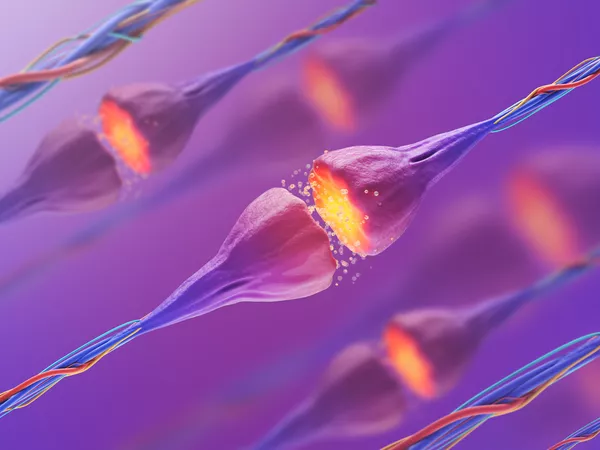EDITORIAL
Published on 22 Dec 2015
Editorial: Application of Genetically Encoded Indicators to Mammalian Central Nervous System
doi 10.3389/fnmol.2015.00076
- 1,600 views
22k
Total downloads
123k
Total views and downloads
Select the journal/section where you want your idea to be submitted:
EDITORIAL
Published on 22 Dec 2015
ORIGINAL RESEARCH
Published on 23 Sep 2015
REVIEW
Published on 21 Jul 2015
METHODS
Published on 08 Jun 2015
ORIGINAL RESEARCH
Published on 08 May 2015
METHODS
Published on 15 Apr 2015
REVIEW
Published on 05 Dec 2014
ORIGINAL RESEARCH
Published on 27 Nov 2014
OPINION
Published on 25 Nov 2014
REVIEW
Published on 18 Nov 2014
ORIGINAL RESEARCH
Published on 29 Sep 2014
